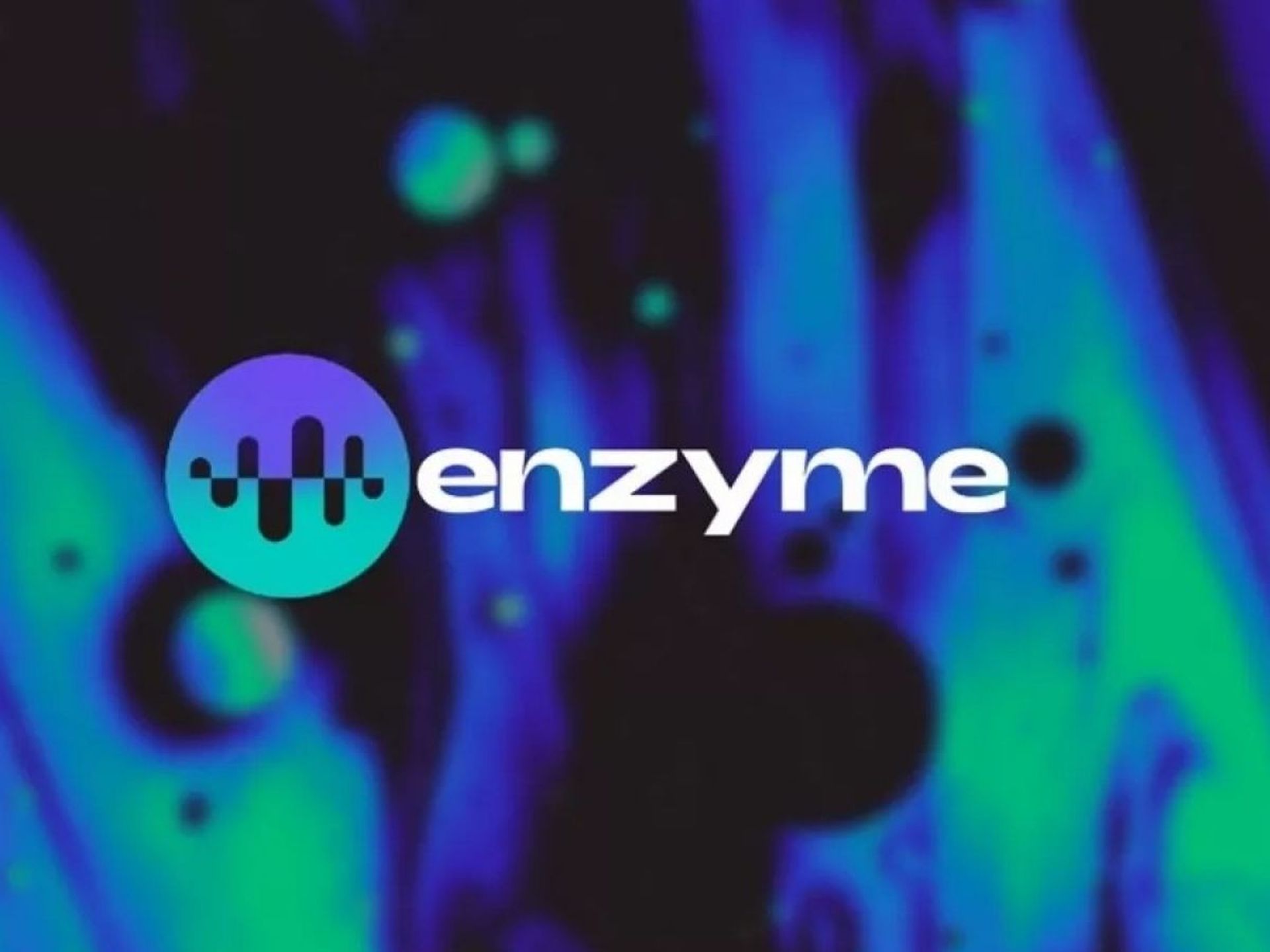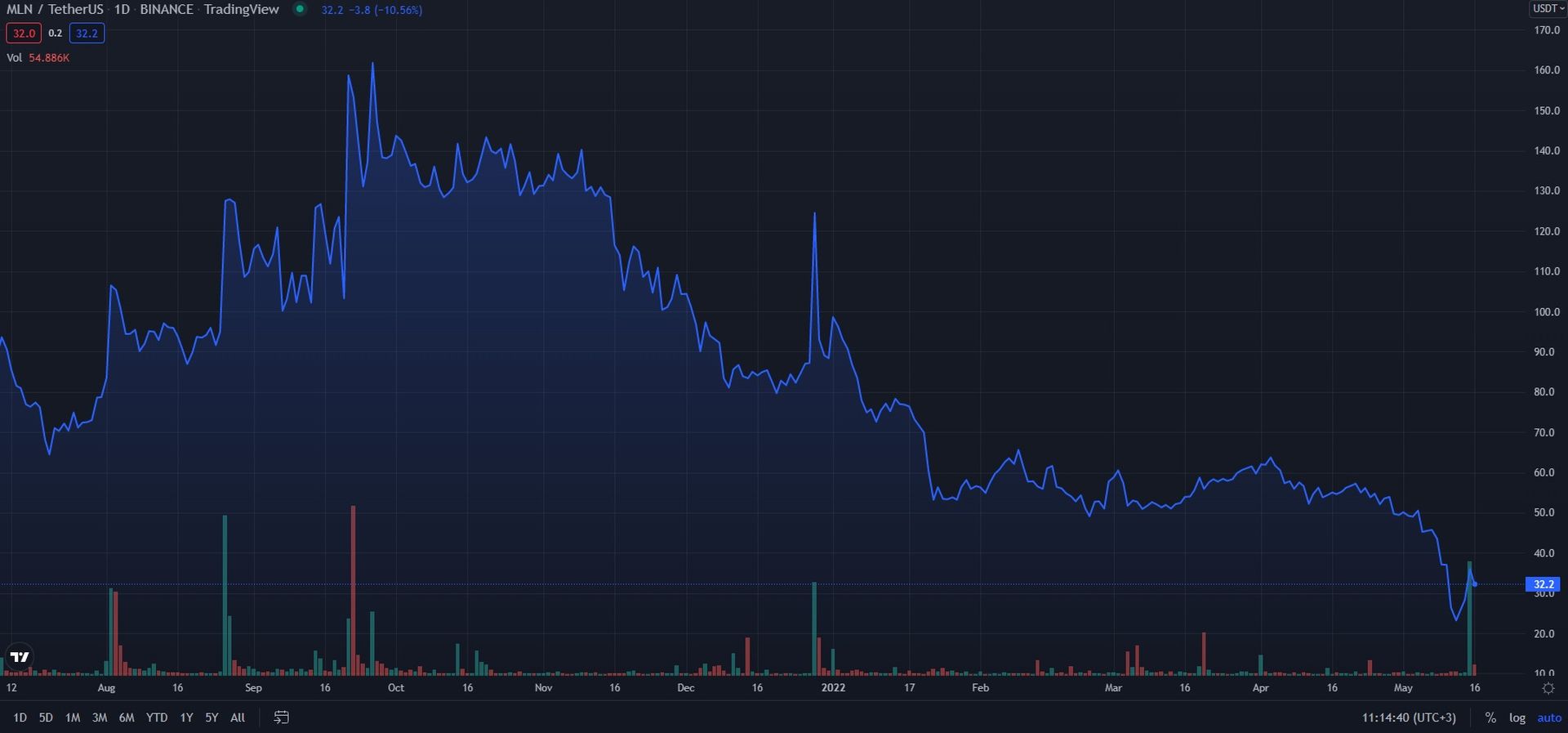Enzyme Finance (formerly Melon Protocol), a protocol on Ethereum (ETH), allows users to construct, administer, and trade personalized crypto asset management vehicles.
What is MLN crypto?
Enzyme’s goal is to decentralize traditional asset management, a sector that has traditionally been the domain of financial professionals and firms. The idea is that the MLN crypto, which is powered by Enzyme, can lower the barriers to entry for asset management, allowing more global investors access.
For example, managed funds generally demand a minimum investment amount and management fees, which prevent most people from using them. Their capacity to establish asset management funds is also out of reach; today, it necessitates significant capital and legal assistance. It can also take years to obtain official paperwork for a fund after that.

Enzyme strives to build a competing system. Users may invest in funds and portfolios created by other users through the project’s web portal, and other users may invest in their own creations. The Enzyme Finance protocol employs the MLN crypto to execute various operations on the platform.
Enzyme also shares its roadmap through its official blog.
How does Enzyme Finance work?
Enzyme Finance is a smart contract project that runs on the Ethereum blockchain. Transaction costs are paid in ETH because of this architecture. These expenditures cover the cost of utilizing Ethereum’s computing power and Enzyme’s software.
The protocol is made up of two layers: a fund layer and an infrastructure layer, with its own JavaScript library for web browser compatibility, explains Enzyme on its official website:
“Enzyme enables Depositors to interact with Vaults in a way which is non-custodial and requires minimal trust between parties. Vault Managers can be bound to performing certain actions or forbidden from others. Furthermore, live accounting is available for both performance and fees which is provable with on-chain data using the Enzyme subgraph. The subgraph also enables us to retrieve other useful reporting data (e.g. trade history or deposits/withdrawals) and make them transparently available to users. Policies such as fees or behaviours around investments can be quickly configured and imposed at a Vault level. Vaults can delegate trading and other Vault functions to third-party addresses.”
The Fund Layer
Users may invest in a fund through the Fund Layer, which is where they create and control funds that other users can participate in. Each fund has two components: The Hub and The Spokes.
The hub is the fund layer’s essence, as it provides all of the tools needed to establish a fund and tracks its components.
Each fund manager creates smart contracts that define the funds, which are then used to provide specific services. The Vault is one such example, a component that stores tokens on behalf of the funds. A component known as Shares keeps track of fund ownership.

The Infrastructure Layer
The Melon Council, Enzyme’s DAO, runs the infrastructure layer. Infrastructure contracts are one type of smart contract, for example:
The ‘engine’ contract pays for MLN crypto in ETH to assist with particular computations. The ‘adapter’ contract connects price feeds for trading to specific assets. The ‘price source’ contract provides basic facts that are required for fund activities.
MLN coin price
At the time of writing, a MLN crypto coin is worth $32.2.

If wou want to learn what is the Terra Luna crash’s effect on Tether, Bitcoin, and other cryptocurrencies and why did Terra Luna crash, check our articles out.





